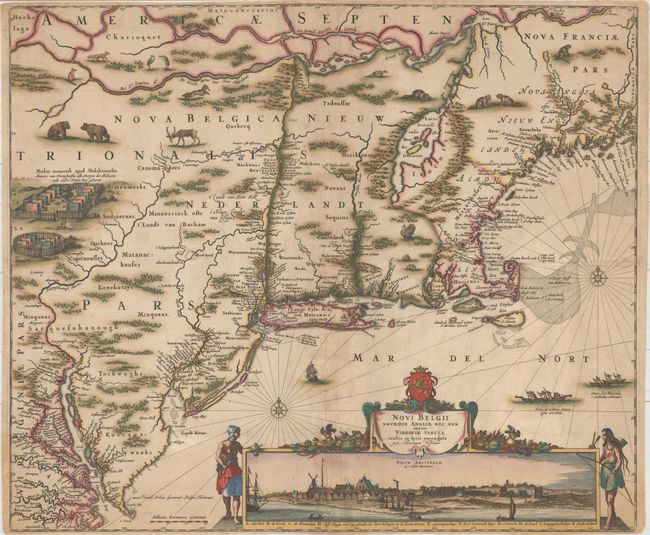Catalog Archive


Auction 162, Lot 163
Visscher's Influential Map with Early View of New York City - Rare 3rd State Without Philadelphia
"Novi Belgii Novaeque Angliae nec non Partis Virginiae Tabula Multis in Locis Emendata", Visscher, Nicolas

Subject: Colonial New England & Mid-Atlantic United States
Period: 1682 (circa)
Publication:
Color: Hand Color
Size:
21.8 x 18.3 inches
55.4 x 46.5 cm
Download High Resolution Image
(or just click on image to launch the Zoom viewer)
(or just click on image to launch the Zoom viewer)